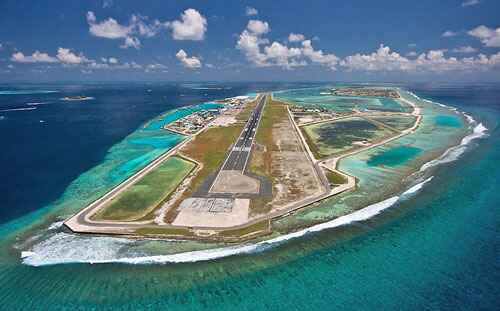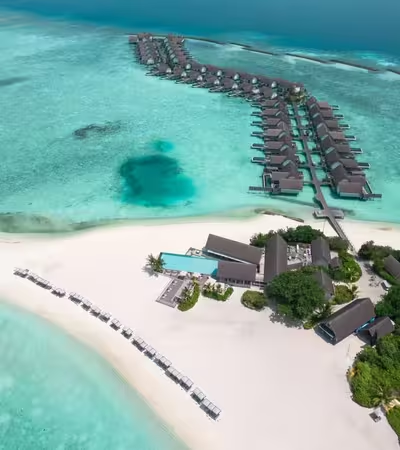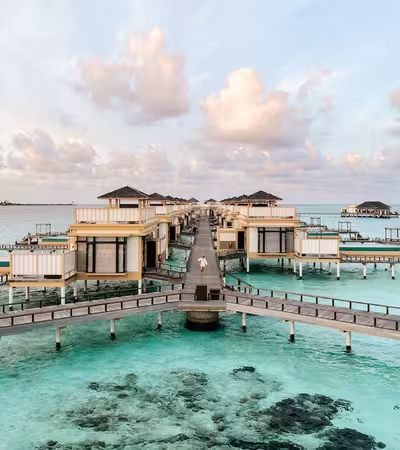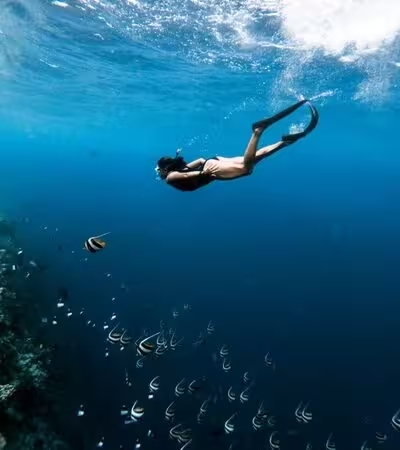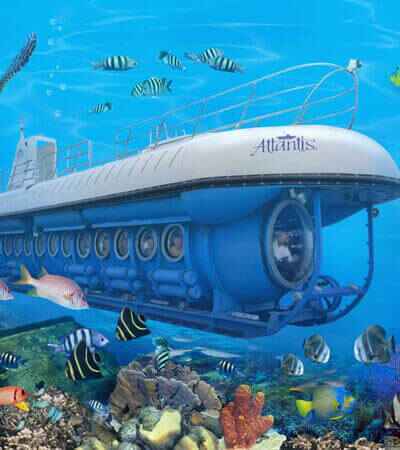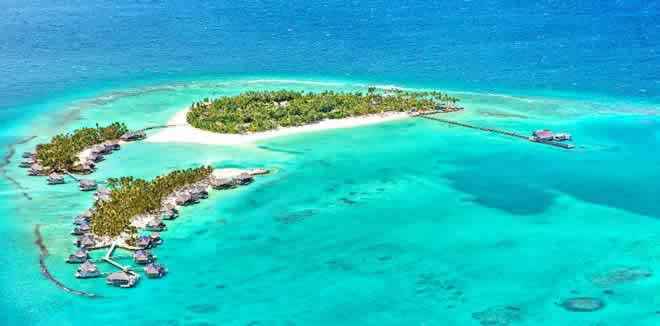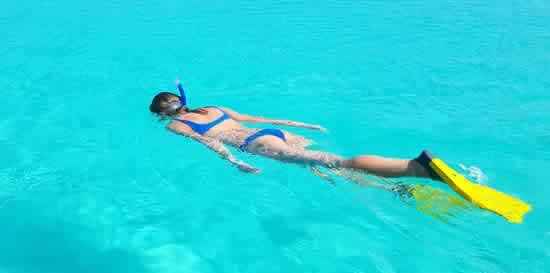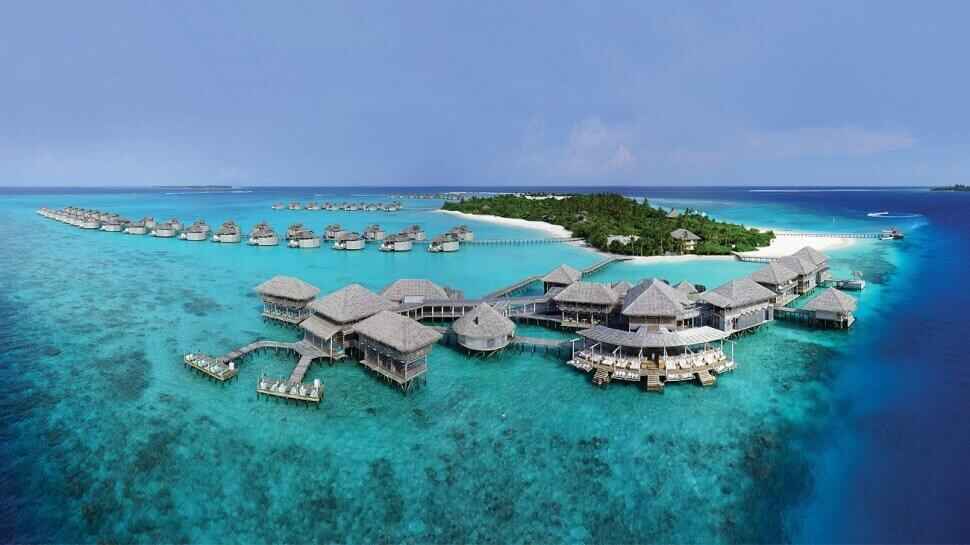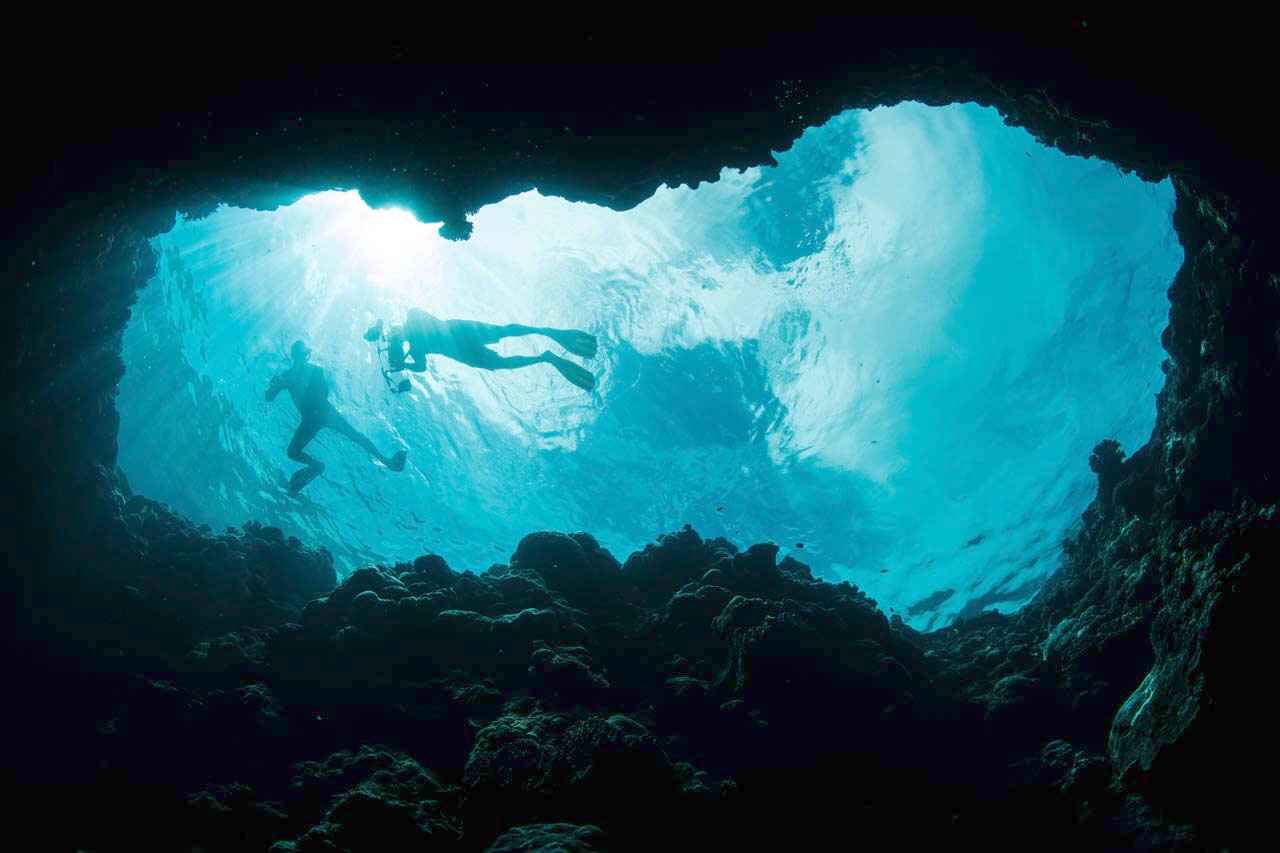
The Most Popular Dive Sites
Diving enthusiasts all over the planet always look for the greatest breathtaking underwater places. The world’s oceans are filled with beautiful dive spots that can provoke thoughts or actions and startle anyone, from lively coral reefs full of living creatures to mysterious sunken ships frozen in time. For anyone who wants to go visit and who is not a green horn in this field; so he is well-experienced scuba diver who is eager to explore something new like novice ones are invited to familiarize themselves with famous dive sites where they can have memorable underwater excursions.
Lion's Head
The marine reserve named lion’s head is situated south of Thila Fushi reef in the channel (about a forty five-minute sail from Male). This is a wall reef, which is deep and has many protrusions hence perfect drifting conditions. The top of the reef is three feet deep while the bottom goes down to forty five feet deep. One can see an overhang resembling a lion’s head hence the name of the site. Inside there is a huge cave full of soft corals as well as plenty of small fishes around them making it an excellent location for under water photographers who love taking pictures of these tiny creatures. This place offers a wide range of fish species varying from small basses and fusiliers to big animals such as sharks, turtles, amongst others. The reef is completely covered with lovely sea fans as well as lovely soft and hard corals. You should be wary of leaf fish and false stone fish too however. The traveler’s direction will be determined by the stream flow but both directions can serve as a good [interesting] dive. There’s an amazing wall that has caverns and holes which you could also check out some time, but remember also to look out [look out].
Kuda Haa Thila
Located west of Male’ and north of Giraavaru, Kuda Haa is a marvellous location, which divers call a ‘fish soup’. This area is protected and provides habitat for magnificent fairy basslets. There are two mounds on this reef, which come out of the lagoon floor and look like a camel hump. The larger one has a diameter of nearly 30m and steep walls can be found on its sides while the peak is situated just 8m below the water level. The least depth of the third hump is encountered at 15 meters. Both of these have been recently colonized by hard coral which serves as a safe haven for different colorful types of fish. This thila has got various species of reef fishes such as snapers, fusiliers, groupers and lion fish. Bat fish and jack fish are also available in good numbers. Many anemones with their clown fish on them are located at the topmost part of this reef.
Banana Reef
North of Male', after the airport and west of Farukolhu Fushi, is located within the atoll. So this reef looks like a banana; from which it gets its name. For beginners, this is an amazing dive as well as advanced ones. All divers will have a great time on this reef with lots of soft corals as long as there is a slight current, surrounded by small canyons and over-hangs. Swimming around these large boulders separate from the reef fully grown with brightly coloured soft corals at the north east corner. Fast moving water brought about a vast overhang in the middle of the reef. Towards the west, the reef is characterized by a steep fall into the ocean bed and is inhabitated by redtooth trigerfishes. It is a great dive everywhere. In the south is a wall with a few small caves, where again one finds a number of red tooth trigger fish. Snorkelers are able to use the shallow bit on the top most part of the reef hence providing the best experience. Nonetheless, if there is a current rushing through the channel, only skilled divers should explore this location because fast currents could cause difficulties in buoyancy control as they create a washing machine effect which may hinder buoyancy control. This place is under protection as marine area.
Manta Point (Lankan Finolhu Faru)
During the southwest monsoon season, this reef attracts an unbelievable number of manta rays making it a great spot for manta ray lovers. The distance from Male to south east of Lankan Finolhu (Paradise Resort) is one hour by catamaran. It is at this reef in the south west monsoon when plankton blooms that many mantas locate it to feed and to be cleaned by little fish at the ‘cleaning stationsMassive Porites corals alternate with colonies of cleaner wrasse that entice the manta rays on a gently sloping reef that descends to 40m. Manta rays approach from the blue and remain stationary in the water column above the main coral heads while wrasses perform the cleaning. To ensure that you have an awesome experience, be still, position yourself midway through the water column and let them approach you About 15 meters is the depth at which you can dive without the worry of reaching the bottom very soon. Besides manta rays, it is still a great place for diving because of the large number of oriental sweetlips, huge schools of fusilier, as well as Napoleon wrasses with turtles and moray eels. This dive is special and interesting for both beginners and professional divers.
MV Maldive Victory
10 minutes from Male, south west of the airport is where the MV Maldives Victory stands as wrecked ship. The ship got stuck here on a Friday the 13th in February 1981. It went down into the abyss next day now stands upright still parallel to the reef. Right here, there is descent line starting from mast till the surface where boats anchor moor divers. Its mast top is twelve metres deep down while its hull lies thirty five meters down on sandy sea bed. The wreck is quite suitable for beginners’ wreck diving because the current is not very strong here. It is simple to get to the bottom; explore all deck parts and at least one out of 3 cargo holds. Even now you will see sacks filled with cement, paper, and bottles among other cargo. Meanwhile, fishes are attracted by the hull while different types of coral and sponges have accumulated around it. Divers who are more adventurous may go inside the wreck and investigate its various levels; however, they should keep their buoyancy neutral and move at slow speeds so that they can have an exciting experience. It is possible to enter the captain’s quarters and swim towards the bridge, exiting onto the fly bridge. There is a route leading back to the mast from the roof of the bridge. Don’t forget about your security stop when rising.
Sunlite Thila
Thulhaagiri is north, on the line of Himmafushi, near Aanugandu Faru and it takes approximatly 1 hour on a boat from Male. This is the place where the world record dive was made successfully on February 25, 2006. A long reef running in the north-south direction is found at the site. It slopes from 6 meters deep at the north end to 25 meters deep at southward edge behind the Thila hence, sandwiched between a shallow region with sandy floor. A stone fish or a scorpion fish may be lurking around. On its eastern part is where you will find a drop-off of about 30 meters. The reef is about 3 meters deep with lots of branching or table corals. They always have large schools of fish in them too. It’s common to see Blue Tang fishes at this place. Manta rays are typically encountered in the middle of the reef around 18 meters between the Thila and the edge where there are isolated blocks of coral in season. As the sandy ground makes it easier, this dive location is recommended for starter divers, who can test their buoyancy and complete other diving skills..
Paradise Rock
At lankan Finolhu, from Male’s, it takes an hour to sail to the middle of the channel to the south west. This place is difficult for divers. The reef’s highest point is at nine meters deep and its optimal place is the eastern side of the reef where it faces the ocean current. In this area of the ocean about one hundred meters long part of a reef has broken away leaving large stones at approximately forty five meters below sea level. Long galleries and crevices are left when dead corals collapse into the sea. The coral-covered overhangs and rocks in the area are brought with oceanic currents, as confirmed by the abundance of soft sponges and corals of various colors found on them. Besides, these rocks are clad with black corals and sea fans, a habitat that is fully exploited by fish. It is here that groups of fusiliers, sweet lips and snappers move in coordinated unison.
Back Faru
The place is found to the north-east of Farukolhu Fushi, which was known as Club-Med, towards the outer reef, an hour’s sail from Male. It is an ideal dive and a good place for those who love snorkeling as it is quite shallow at the top and goes down gently to the deep-sea. We can come across nurse sharks resting under big coral blocks on the reef top. We often observe big tuna together with other types of fish that live in the open sea moving around in the water columnKeep the coral reef on your left shoulder as you head back to the channel entrance. As the tide comes in, you might just spot white tip reef sharks patrolling around while on other occasions they have seen blue marlin along with barracuda and rays. Continue floating into the channel and have a look at the overhangs plus tiny caves. In the area about 150 meters from here, there is a visually exciting site created by huge chunks which have broken off the coral reef, inhabited by smaller fish and soft coral.
The Diving Season

During the months of December through May, the northeast monsoon period remains dry and supersedes it with mild breezes. Subsequently in November, currents start picking up leading to a hive of activities characterized by fury, enhanced visibility as well as appearance of some marine species such as manta rays and reef sharks among others in channels and pinnacles but generally present althroughout the year.
The southern atolls of the Maldives are drier with less rain than here. Expect high rainfalls in exposed areas during the southwest monsoon, which comes from June to November. In addition, the weather may not be very conducive for divers from late May through July when many liveaboard operators move their vessels elsewhere.
Air temperatures in North Male Atoll range between 30 and 32°C on average because it is usually warm there; as for water temperature, it typically stays between 26 and 29°C but suffers from imminent threats of cold water caused by thermo-clines deep inside seas. This implies that visibility exceeds 30m throughout all seasons at entrance points to channels where there are flowing in currents while at exit it comes to 15m only. Check Weather Atlas to learn more about the city’s weather as well as sea temperatures there.






